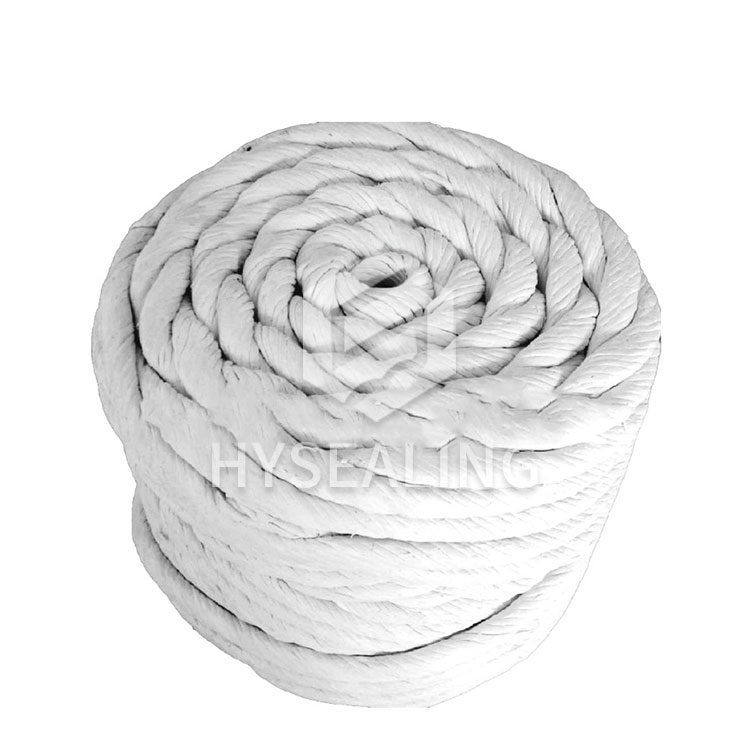Like any device that is installed incorrectly or is subjected to high stress, O-rings are susceptible to failure. O-rings made of different materials have different service lives. Materials such as natural rubber, polybutadiene and polyurethane (compoundable) typically have a service life of five years, while materials such as hydrogenated nitrile rubber, butyl rubber and nitrile rubber have a service life of fifteen years. Some materials, such as fluorocarbon, fluorosilicate, silicone, and ethylene propylene, are said to have unlimited case life. Although O-rings have a long housing life, they may no longer function effectively in just a few days. O-rings often fail due to a combination of influences acting on the ring. The following is a list of categories that cause O-ring failure:

Incorrect O-ring size selection
Improper O-ring installation
O-ring insufficient lubrication
Incompatible O-ring materials
It is important to visually inspect a damaged O-ring to identify the potential cause of its failure. Here are some symptoms. Causes and ways to troubleshoot and correct this type of O-ring failure.
punching/extrusion
Seizing or pinching is one of the main causes of dynamic seal failure. Hydraulic rod and piston seals are among the seals most affected by pinching or seizure. Due to high pressure, static seals can sometimes experience pinching and galling.
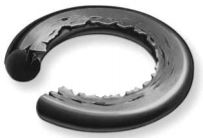
A. Reason
Withstand high pressure
O-ring material too soft
high clearance
B. Troubleshooting
Use the following techniques to avoid pinching in the O-ring;
Replace O-rings with harder materials
Reduce gland clearance
Use a backup device to reduce stress on the O-ring
Phelps O-ring bite
Compression set
One of the most common causes of O-ring failure is compression deformation of the ring. In order to create an effective seal, it is critical to have a continuous sealing line between the O-ring and gland surface. O-rings must maintain their integrity without excessive deformation in order for the seal to be effective. There are several factors that can cause an O-ring to fail due to compression set;
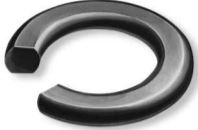
A. Reason
Improper gland design
O-rings withstand high temperatures
Incomplete curing of O-rings during production
O-rings are not compatible with fluids
B. Troubleshooting
Use "Low Solid" Materials to Make O-Rings
Reduce O-ring operating temperature
Select a Compatible O-Ring Material
Avoid heating due to friction at sealed joints
Phelps O-Ring Compression Set Troubleshooting
spiral failure
Spiral failure of O-rings typically occurs in seals on long-stroke hydraulic pistons or rod seals. Helical failure occurs when an O-ring hangs up at a point on its diameter and simultaneously slides and rolls. Factors that may cause O-ring spiral failure include:
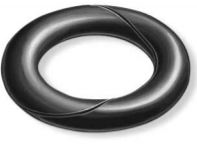
A. Reason
O-ring side load
O-ring material too soft
The surface finish of the gland is uneven
Improper installation
B. Troubleshooting
Improve gland surface finish
Proper lubrication of O-rings and glands
Replace Softer O-Rings with Harder O-Rings
Changing the size of the O-ring
Phelps O-ring spiral failure
explosion decompression
O-ring failures due to explosive decompression have been on the rise in recent years with the rise of space travel. Explosive decompression is also known as O-ring embolism. Once a seal operates at high pressure for a certain period of time and then drops to low pressure too quickly, the gas trapped inside the O-ring can expand, causing the O-ring to rupture and adversely affecting the integrity of the seal.

A. Reason
System compression suddenly decreases
High pressure is trapped within the internal structure of the gland
Increase decompression time
Choose sealing materials that are resistant to explosion and decompression
B. Troubleshooting
Increase decompression time
Choose sealing materials that are resistant to explosion and decompression
Phelps O-ring explosion decompression
wear and tear
Wear is also one of the most common causes of O-ring seal failure. Wear can occur in dynamic seals during vibration, rotation or reciprocating motion. Possible causes of O-ring problems are as follows;
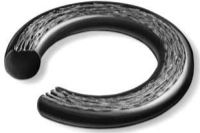
A. Reason
Insufficient system fluid lubrication
exposed to high temperatures
The glands are contaminated with systemic fluids
Dynamic sealing of rough surfaces
B. Troubleshooting
Use internally lubricated O-rings to reduce wear
Uses O-rings with greatly improved wear resistance
Polish the dynamic seal gland to reduce friction between the gland and O-ring
Adopt high temperature resistant O-ring
Phelps O-Ring Wear Troubleshooting
Corrupted installation
O-rings are precision devices and may not function effectively if not properly installed and selected. Some of the causes of O-ring failure due to improper installation are:
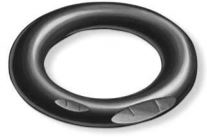
A. Reason
Insufficient imported chamfers
O-ring is too large compared to gland size
O-ring squeezed during installation
Insufficient lubrication
Human error during installation
B. Troubleshooting
Make a 20° import chamfer
Make sure the O-ring is the correct size and material
Use adequate lubrication before installation
Follow these steps after installing the O-ring
Phelps O-ring installation troubleshooting
chemical degradation
Chemical degradation of O-rings can be seen in joints that contain toxic chemicals. O-ring degradation is caused by a chemical reaction between the O-ring and the fluid contained by the seal. This may occur at room temperature or elevated temperature. Changes in physical properties, such as ring size or shape, are visible.

A. Reason
Not compatible with fluid seals
Expose seals to high temperatures
B. Troubleshooting
Use O-rings that are compatible with the chemicals they are sealing
Choose one that can withstand high temperatures
Phelps O-ring chemical degradation
Weathering/Ozone Cracking
Seals exposed to UV light, ozone, or airborne contaminants can develop weathering or ozone breakdown. Ozone cracks in O-rings can be identified by small surface cracks perpendicular to the direction of stress.
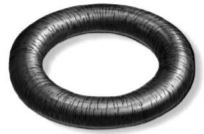
A. Reason
exposure to ozone
ultraviolet radiation
air pollutant containment
B. Troubleshooting
Replace O-rings regularly
Seals within protective compartments
Phelps O-ring Weathered Cracks
thermal degradation
Thermal degradation of the O-ring can be clearly seen on seals where the ambient temperature of the seal changes rapidly. Thermal degradation of an O-ring can be classified by visible radial cracks on the side exposed to higher temperatures. O-rings can also soften, further reducing performance.
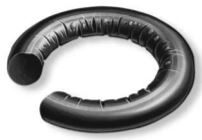
A. Reason
Elastomers have poor thermal properties
Rapid changes in temperature around the seal
B. Troubleshooting
Use a more heat-resistant O-ring
Use a stiffer O-ring for this application
Thermal degradation of Phelps O-rings
Plasticizer extraction
Plasticizer pullout is the deformation of an O-ring due to the deterioration of its elastomer. The amount of plasticizer extracted can be determined by the reduction in O-ring cross-section.

A. Reason
Improper curing of elastomer
O-ring has low hardness
High vacuum degree
B. Troubleshooting
Replace the O-ring with a better quality one
Use harder O-rings





